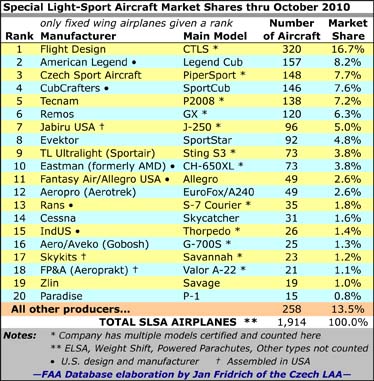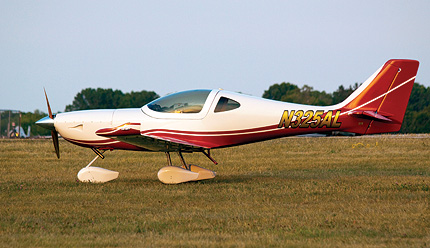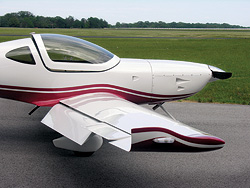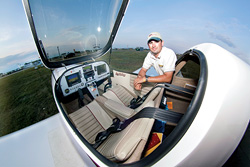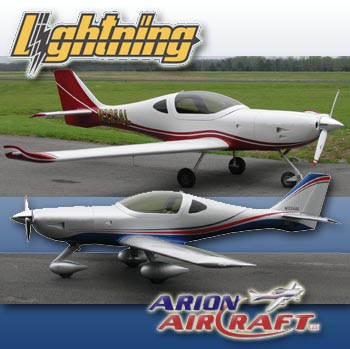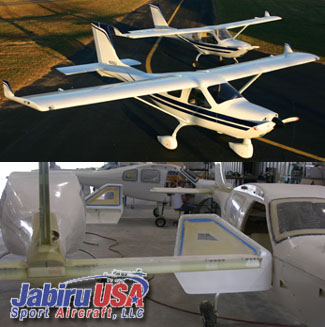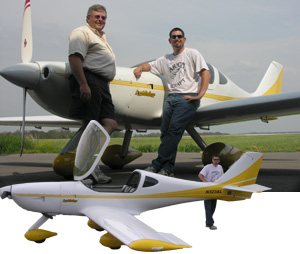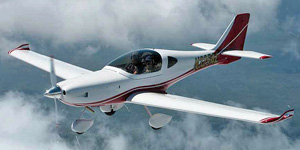
Since the beginning of LSA time, way back in 2005 (when the first LSA was approved), LSA have arrived on American shores from overseas factories. American producers also sold airplanes to Yankees, but none went overseas as governments of other nations had not yet accepted ASTM certification standards. In the last year, a lot has happened. *** At least four companies are selling LSA in other countries with aircraft defined by U.S.-originated parameters and meeting ASTM standards. LSA Global developments are reported by Arion Aircraft, U.S. Sport Aircraft (representing Czech Sport Aircraft), Remos Aircraft, and Flight Design. *** Yankee First? Arion Aircraft is one of the first all-American companies to go global with its production. The Marysville, Tennessee company — a related company to Jabiru U.S., which supplies the J230 and other high wing models to LSA buyers in the USA — has sent aircraft to Australia. The down-under country was one of the first to use ASTM certification after the new approval method was introduced by FAA in America.






